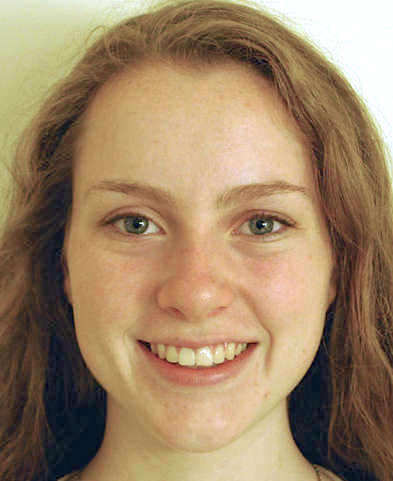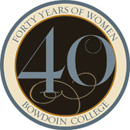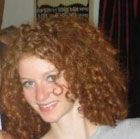Tell us about your Honors Project.
A year ago I was finishing a semester abroad in Prague. Midway through the semester I learned about the Czechoslovak Women’s Union, a country-wide women’s organization that advocated for the interests of women in the Party hierarchy. I found the history of the union to be murky. Very few people had written about it, and those who did mostly devoted just a few paragraphs to it in larger books or articles about women under communism.
My journey started in the Czech National Library, where I found a bound collection of Vlasta, the most popular women’s magazine in Czechoslovakia during the socialist era. It was also wonderful to have an excuse to spend time in the baroque Klementinum reading room in the Old Town. I had not planned to write an honors project, but the texts in Vlasta – letters to the editor, news bulletins, memos from the women’s union – were too interesting not to explore in depth.
I was surprised by what I found. In 1968, the year of the “Prague Spring” democratic reforms in Czechoslovakia, the CSWU was highly active. They undertook initiatives such as lengthening maternity leave, increasing the amount women would be paid during maternity leave, and reducing the wage gap between men and women. However, gendered activism was not limited to clinical, technocratic communications between state officials and citizens. Vlasta also functioned as a site for discussing how the socialist emancipation of women changed how both men and women experienced and expressed their genders. Many women began to work in laborious jobs that had previously been dominated by men. Dynamics in the family shifted when women began to work outside the home. The communist ideal of the “New Man” and “New Woman” existed on the level of people’s real lives and not just on the level of political propaganda.


